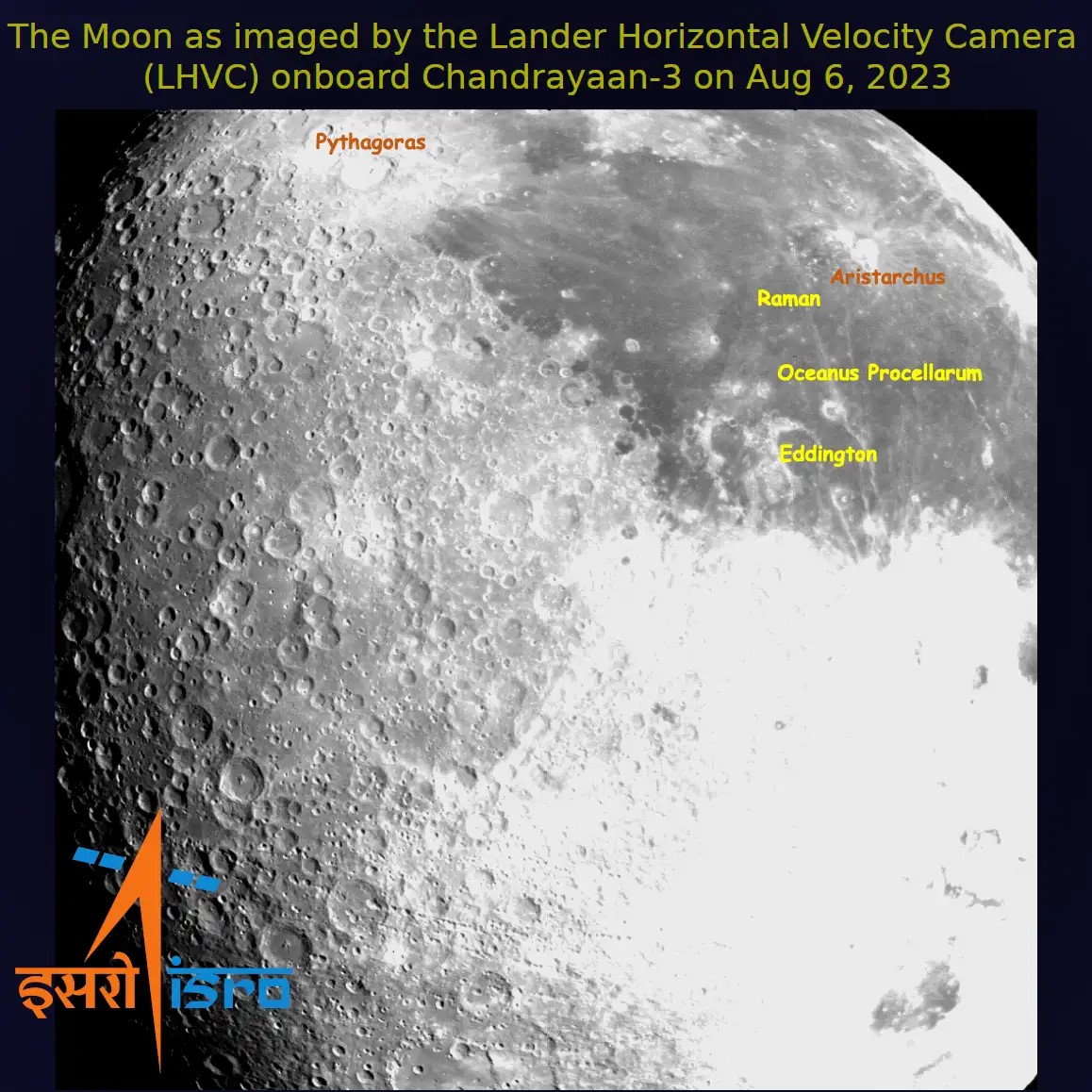
How is India planning to expand its presence in space exploration beyond the success of the Chandrayaan and Mangalyaan missions
India has made significant strides in space exploration in recent years, with notable achievements like the Mars Orbiter Mission and the successful launch of Chandrayaan-2. These accomplishments have put India among the leading space-faring nations, and the future looks even brighter for the country’s space program.
Expanding the Reach
One of the main goals for India’s space agency, the Indian Space Research Organisation (ISRO), is to expand the country’s reach in space exploration. The next step in this endeavor is the ambitious Gaganyaan mission, which aims to send Indian astronauts into space by 2022. This would make India the fourth country to achieve human spaceflight capabilities.
Lunar Exploration
Chandrayaan-2 was a major milestone for India in lunar exploration. Although the mission faced some challenges and the lander Vikram couldn’t soft-land on the Moon’s surface, it still provided valuable data and insights. ISRO is now preparing for Chandrayaan-3, which will consist of a lander and rover to further explore the lunar surface. This mission will undoubtedly enhance India’s understanding of Earth’s natural satellite.
Satellite Systems and Communication
India has been steadily developing its satellite capabilities, with a focus on applications in communication, navigation, and weather forecasting. In the coming years, ISRO plans to launch several advanced communication satellites, such as GSAT-7A and GSAT-20. These satellites will not only enhance India’s communication infrastructure but also support the Armed Forces in strengthening their network-centric warfare capabilities.
Space Science Missions
India aims to expand its space science missions to gain a better understanding of the universe and contribute to global knowledge. The Aditya-L1 mission, set to launch in 2022, will study the Sun and its outer layers, helping scientists investigate solar phenomena. Additionally, ISRO plans to execute the X-ray Polarimeter Satellite (XPOSat) mission, which focuses on measuring the polarization of X-rays emitted by astronomical sources.
International Collaborations
India recognizes the importance of international collaborations in the field of space exploration. ISRO has been actively involved in joint missions, sharing expertise and resources with other space agencies. Collaborative efforts like the NASA-ISRO Synthetic Aperture Radar (NISAR) mission and the joint Mars exploration initiative with the United Arab Emirates demonstrate India’s commitment to global cooperation.
Conclusion
India’s achievements in space exploration are commendable, and the country has ambitious plans for the future. By expanding its reach with the Gaganyaan mission, further exploring the Moon, developing advanced satellite systems, conducting space science missions, and fostering international collaborations, India is positioning itself as a key player in space exploration. As India continues to push the boundaries of what is possible, exciting new discoveries and opportunities lie on the horizon for the country in the vast expanse of space.
rnrn




















